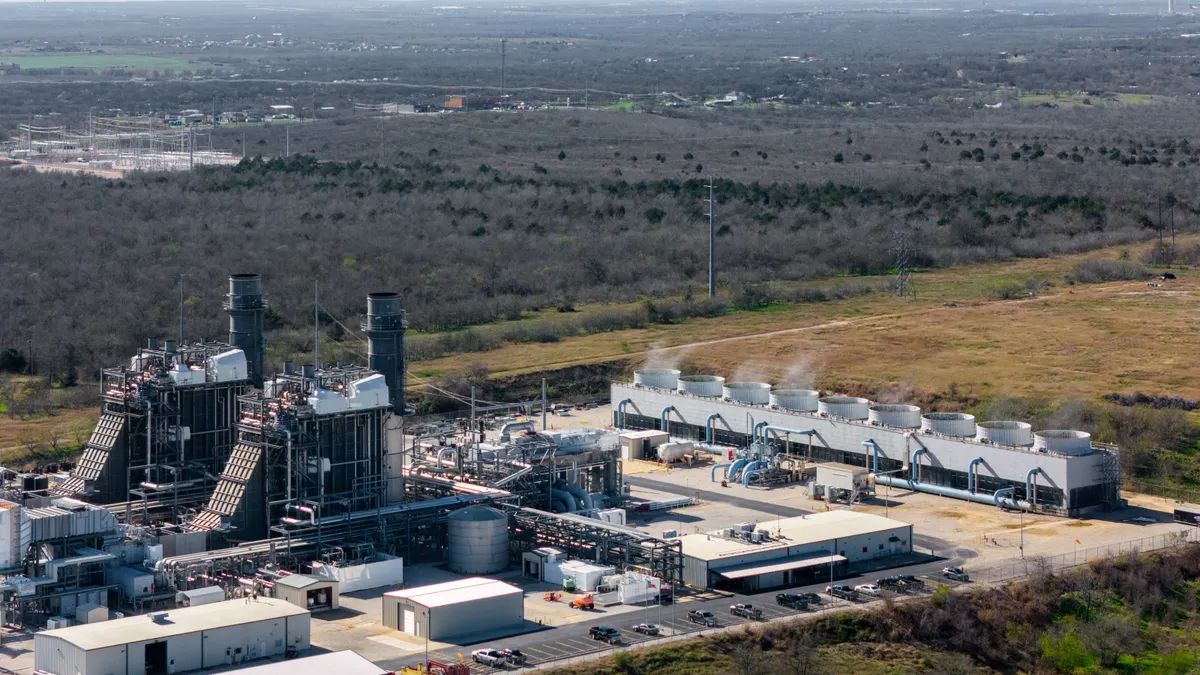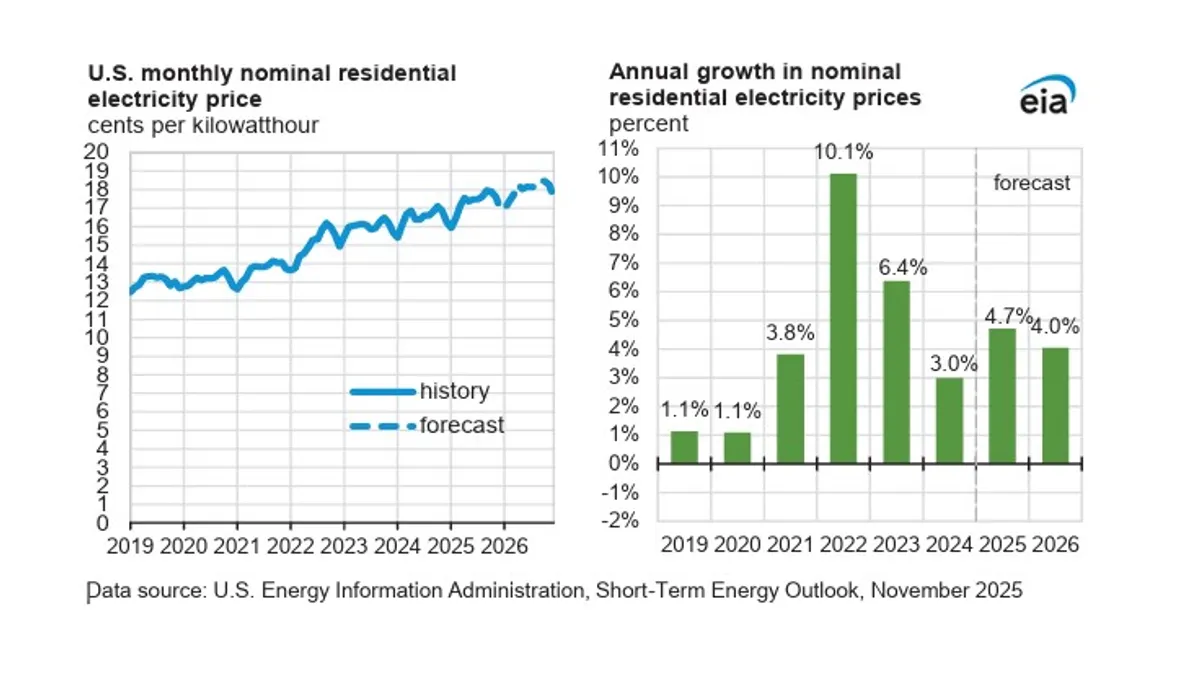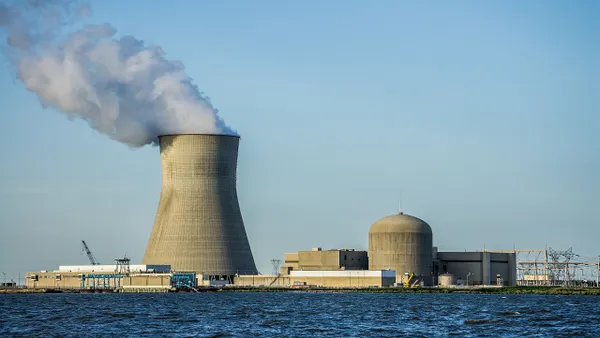The popular levelized cost of electricity metric doesn’t consider several key variables that are important for long-term system planning and deep decarbonization, according to a Tuesday report from the Clean Air Task Force.
LCOE is widely used by regulators and developers, but system planning “should rely on more in-depth analyses,” the task force said.
The LCOE “is an economic assessment of the cost of the energy-generating system including all the costs over its lifetime: initial investment, operations and maintenance, cost of fuel, cost of capital,” according to the National Renewable Energy Laboratory. “[The] LCOE is the minimum price at which energy must be sold for an energy project to break even.”
Examining the LCOE does not consider a power system’s needs, CATF said, nor a technology’s generation profile or generation characteristics such as dispatchability and inertia. “While the cost of projects is relatively straightforward to estimate, the value of projects requires a system assessment of needs, which often requires complex modeling analysis,” the report said.
LCOE “often does not account for the full electricity system cost necessary to deploy a generator at a large scale, such as the transmission and distribution infrastructure necessary to deliver power to consumers,” the report argued.
Clean firm technologies like nuclear fission and fusion, geothermal, combustion with carbon capture and storage, and zero-carbon fuel combustion “have been shown to significantly reduce the cost of decarbonization despite having a higher LCOE than wind and solar due to their offsetting impacts on reducing infrastructure and costs,” the report said.
CATF noted that others have recognized LCOE’s limitations and devised more comprehensive measures, like the International Energy Agency’s Value-Adjusted LCOE, or VALCOE. LCOE is a “good metric to track historical technology cost evolution,” the report said, but “jurisdiction-specific system-level analysis” would better serve “decarbonization policy, industry strategy, and public debate.”
CATF wrote in favor of studies which would consider “all technology solutions and system costs required to meet the needs of a system,” model temporal supply and demand to simulate generation variability, model spatial supply and demand constraints between zones, reflect infrastructure cost tradeoffs and account for various climate, policy and economic uncertainties.
The report acknowledged that these studies are “complex, difficult to execute, and also require significant review to ensure inputs are adequate,” but said many applicable studies “already exist in academic and industry literature. These studies cover many regions and can often readily be found online.”
“Policymakers need to start asking different questions,” Malwina Qvist, director of CATF’s nuclear energy program, said in a release. “Instead of asking what’s cheapest per megawatt-hour, they should ask what mix of resources will deliver reliable power at the lowest total system cost while transitioning to clean generation. That’s the shift this report is designed to support.”















